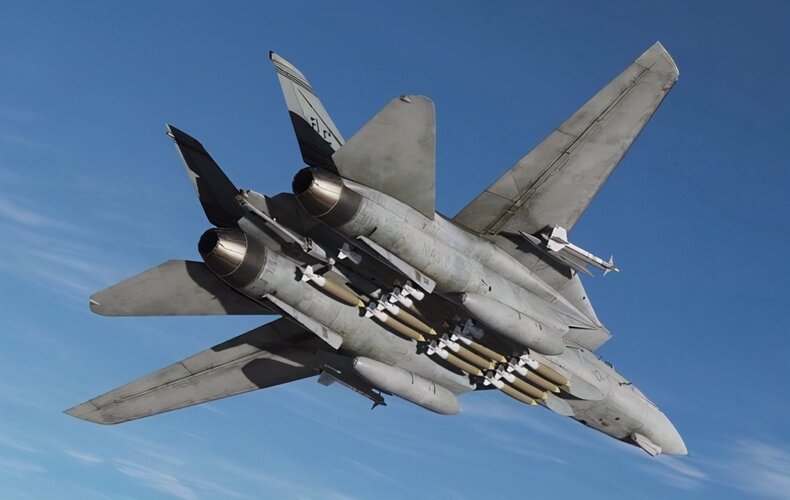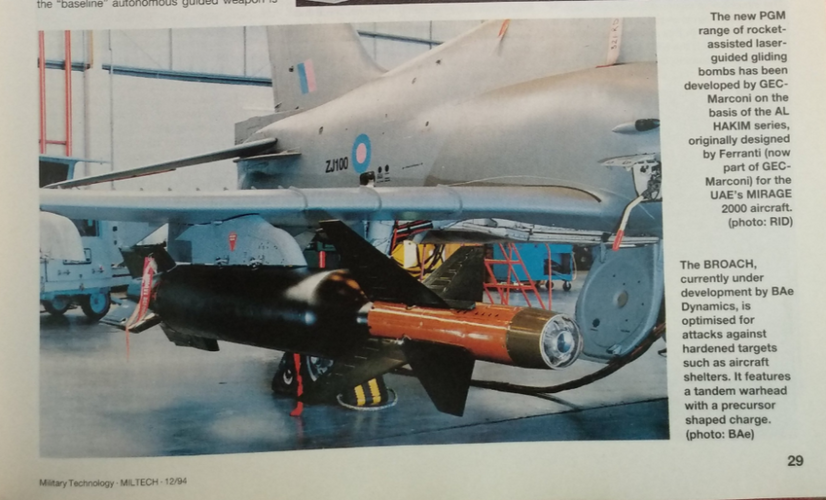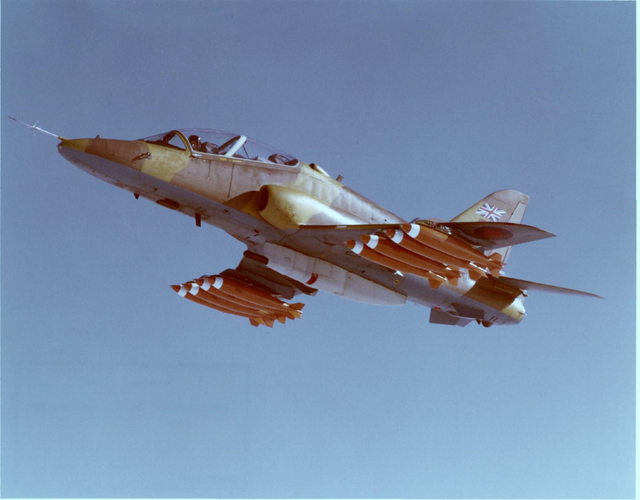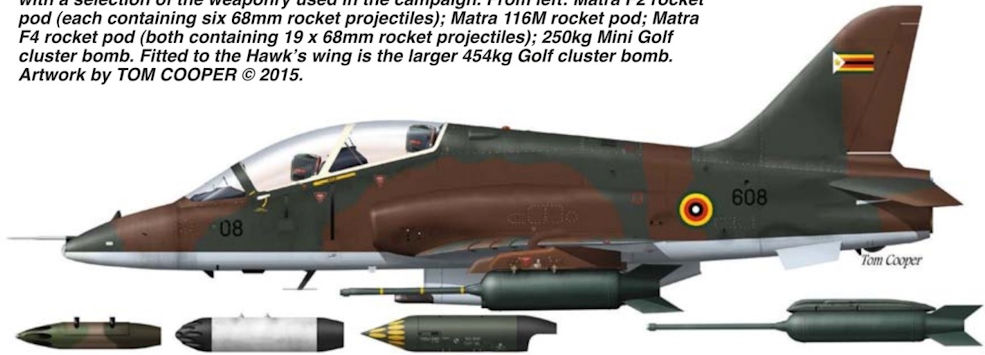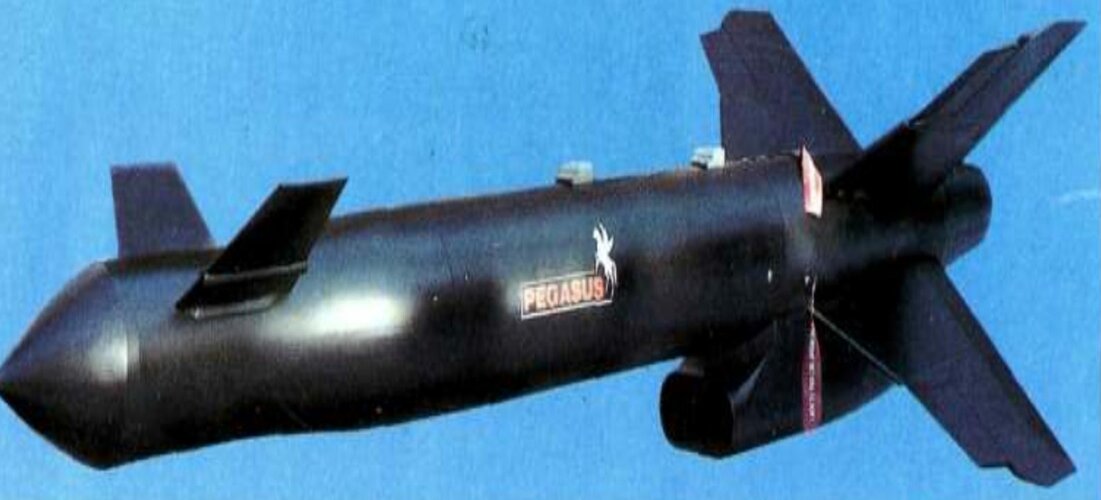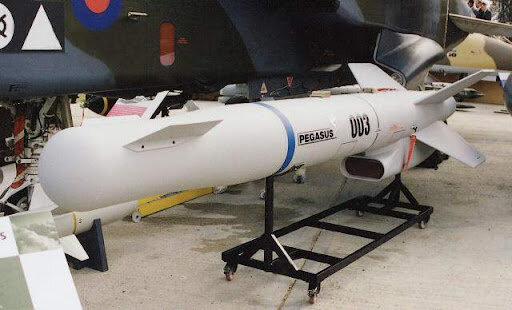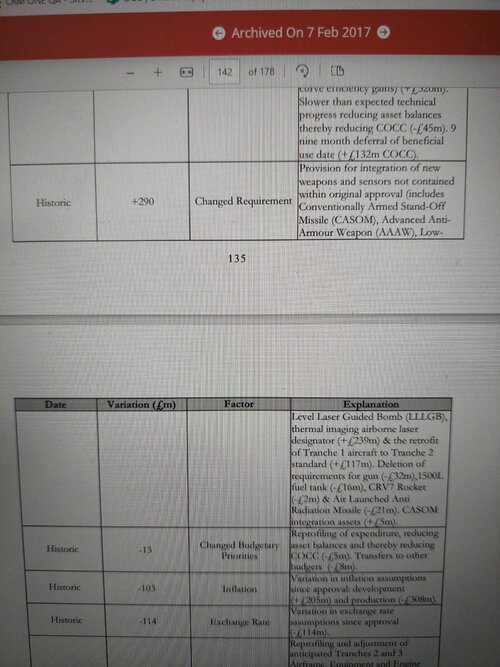- Joined
- 23 August 2011
- Messages
- 1,598
- Reaction score
- 4,728
And again a thread is hijacked and derailed into a "donate everything to Ukraine" thread...
My aim there is to show there is a route to keep c120 Typhoon in service beyond their retirement date, which has benefits for the consortium partners outside of geopolitical/security arena's.....keeping an additional 120 aircraft in the air means more maintenance, support and parts funds to the partners long term....allowing 120 high end aircraft to be parked up/scrapped with over half of their airframe hours remaining doesn't make sense in todays world...
Concerning export prospects @timmymagic 200 A/C is rather optimistic. For Turkey it doesn't make too much sense, Qatar maybe, but no current indications, just an option that has been there since the original Qatar contract was signed in 2017. Saudi-Arabia 48-54, the 72 figure can be ruled out as long outdated. Follow on UK order, I concur, it's unlikely.
Halcon 3 I have my doubts, they have yet to sign Halcon 2 and the Italian follow on order is probably more of an industry political move that may indicate that Egypt is dead. Austria considered acquisition of three additional aircraft (used T1 presumably twinseats) and an upgrade contract was signed, interestingly with Italy as partner (Spain has its national T1 upgrades, GE and UK are retiring them).
Poland, I don't see it coming. Poland has been in the crosshairs since the early 2000s, what came out of this were F-16 Blk 52 and F-35A. I don't see them buying European A/C. I clearly weigh potential against probability here. Eurofighter forecasts have always been optimistic and were never achieved...
There is a degree of optimism there, and I'm very clear on that. But I would note that my original estimate, when I started updating this, was 160 a/c....which do I recall you yourself also said was far too optimistic...but events have moved on rather rapidly, and there are now 127 firm orders in the bag....80% of the way there....only 18 months later...I don't think its that far beyod the realms of possibiliy for the potential Saudi and Qatari order's to get them over the line of c200 in the next year or 2.
Halcon II is absolutely nailed on, all negotiations concluded just contract signature now...no doubt awaiting the industrial/political event where these things are usually announced for a bit of impact. It's my understanding that Spain's T1 upgrade is rather limited and they will also be looking to retire post 2030 as a result of that limited upgrade but also because they would be potentially the last T1 operator with just 17 a/c (as Austria has signalled its intention to purchase F-35A c2030, remains to be seen if they do that though). A 'Halcon III' is speculative on my part based on comments from Spanish sources to well placed journos around Typhoon and a general cooling towards F-35. How that plays out in reality is anyones guess....I can't see how they can't look to get at least 15 F-35B at some point in the near future., but a split buy with a small number F-35A might be a step too far.
I suspect the Italian order is compensatory as well....but its still 24 aircraft, possibly to replace the becalmed Egyptian order, so matters little to the total. Italy is retiring its Tranche 1 and replacing with those 24 new a/c. Hence why there will be so many Tranche 1 aircraft will be left out there...
UK is unlikely to happen. It's been officially announced that the only platform that would be considered to 'grow numbers' would be F-35B. Which in effect means the F-35B Tranche 2 buy of 27 a/c, which we already know about. UK is all in on GCAP beyond that, and if by some miracle additional funds materialised RAF would probably opt for putting ECRS.Mk2 in the Tranche 2 fleet ahead of a new purchase. Which would make sense....however there has, in the last couple of days, been an intervention by the Unions...who are themselves pushing now for a 24 a/c buy on the basis of a make work for Warton to keep it busy in the run up to GCAP. That is a sensible aim, and no doubt BAE have discretely encouraged/not dissuaded them from making that argument. The Unions do have power and influence within Labour (though nowhere near what they used to or what they would like). Add in the fact that a UK Minister has been in Saudi and Turkey recently....and I think Warton will need at least 1 of those, alongside all the MLU and component manufacture for other Typhoon orders, in order to reach the beginning of full on GCAP work...if the Saudi, Polish or Turkish order doesn't arrive HMG will have to step in...no-one wants a valley of death like the nuclear sub and shipbuilding programmes faced....because it costs more...

